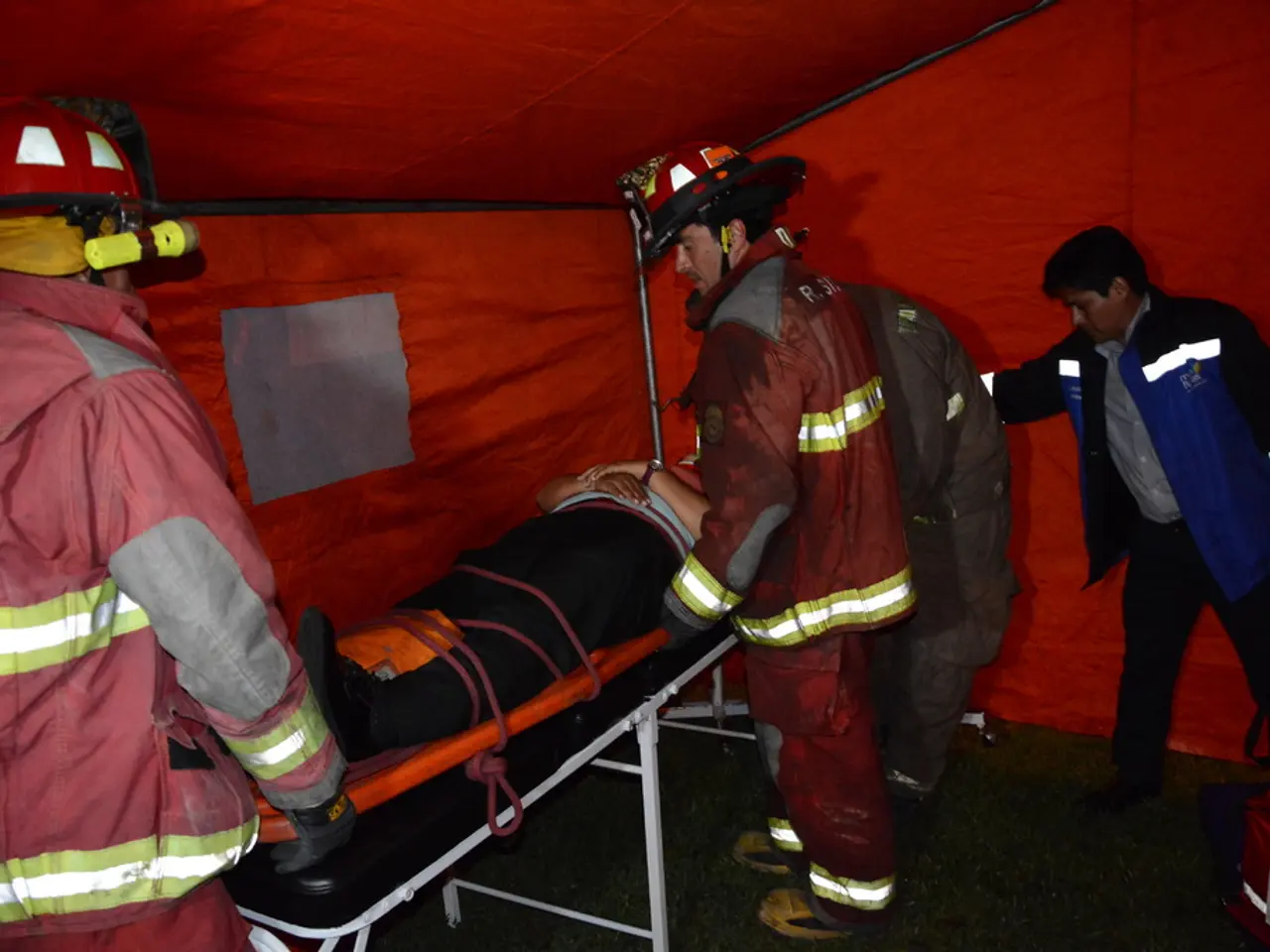Wilderness Trauma Assessment Strategy: A Practical Field Study Approach for Trauma Incidents in Remote Areas (CABCDE(g))
In the world of wilderness medicine, the ABCDE approach has long been a trusted and essential framework for emergency care. However, in austere and unpredictable environments, this model needs to adapt to real-world conditions. The Wilderness and Environmental Medicine (WEM) faculty has developed an innovative adaptation, known as the S-CABCDE(g) model, designed to apply the standard trauma approach under pressure in variable, hostile, or improvised environments.
The S-CABCDE(g) model begins with Scene Safety & Shelter (S), prioritizing the safety of the rescuers and casualty, assessing environmental threats, and moving the casualty to shelter if possible. This step acknowledges the critical importance of environmental control in remote or austere settings before any medical intervention.
Next comes Catastrophic Haemorrhage (C), immediate identification and control of life-threatening bleeding before addressing the airway. Techniques include applying direct pressure, tourniquets, wound packing, and early administration of tranexamic acid (TXA) if trained and available.
Only after these two steps does the assessment proceed to the traditional ABCDE sequence:
- Airway: Maintaining a clear airway while considering cervical spine injury, using jaw thrust if spinal injury is possible, head-tilt-chin-lift only if no spinal concern or jaw thrust ineffective, and considering basic adjuncts like OPAs or NPAs if available.
- Breathing: Assessing breathing and providing oxygen support if necessary.
- Circulation (Occult/Internal): Assessing for internal haemorrhage by checking for signs of bleeding in the chest, abdomen, or pelvis, monitoring radial pulse, and skin colour, and reassessing frequently due to long waits for evacuation in remote care.
- Disability: Performing a rapid neurological assessment using AVPU as your primary scale, checking pupils, and assessing motor/sensory function. Don't forget to consider glucose levels as they can mimic reduced consciousness or stroke.
- Exposure: Completing the assessment with full body exposure, looking for hidden injuries, preventing further heat loss, rewarming as needed, asking about allergies, medications, and medical history if the patient is conscious.
This sequence emphasizes the pressing priorities unique to remote and austere environments, where advanced support may be delayed, and environmental hazards or severe bleeding pose immediate threats to survival. The mnemonic is summarized as S → CABCDE(g), reflecting the additional initial focus on scene safety and catastrophic haemorrhage, as well as a glucose check integrated into the disability or exposure evaluation.
The WEM faculty, which includes experts like Ben Watts, Scott King, Laura E, Matt Ashton-Edwards, Ryan Atkinson, Jamie Pattison, Burjor Langdana, Dave Gregory, Richard McGirr, Ella du Breuil, and Gem Aldridge, offers courses across the UK, Australia, Europe, and the US. These courses are open to medics, healthcare students, expedition professionals, and anyone preparing to operate far from immediate help.
The WEM faculty has also created an infographic and a comprehensive blog & downloadable guide for primary trauma care in remote environments. Additionally, a social post and blog have been made into a downloadable graphic for offline reference, available by clicking here.
In contrast to the traditional ABCDE model, the S-CABCDE(g) model addresses environmental and bleeding threats upfront before systematic trauma assessment, aiming to improve survival outcomes in remote settings. If airway is compromised, it always takes precedence over spine protection. The adapted model’s modifications acknowledge care under fire, environmental risk, and limited resources as factors shaping clinical priorities.
- The S-CABCDE(g) model, used in wilderness and environmental medicine, prioritizes Scene Safety & Shelter (S) before any medical intervention, taking environmental threats and rescuer safety into account.
- In the S-CABC model, catastrophic haemorrhage (C) requires immediate identification and control before addressing the airway.
- After assessing the airway, breathing and circulatory issues, the S-CABCDE(g) model proceeds to disability (D), where a rapid neurological assessment is performed using AVPU.
- Exposure (E) in the S-CABCDE(g) model includes a full body assessment for hidden injuries, checking for allergies, medications, and medical history.
- The Wilderness and Environmental Medicine faculty offers courses globally, catering to medics, healthcare students, expedition professionals, and anyone preparing for areas without immediate help.
- The WEM faculty has developed resources like an infographic, a comprehensive blog & downloadable guide for primary trauma care in remote environments, and a social post graphic for offline reference.
- In contrast to the traditional ABCDE model, the S-CABCDE(g) model addresses environmental and bleeding threats upfront, taking into account care under fire, environmental risk, and limited resources, with airway always taking precedence over spine protection when compromised.




